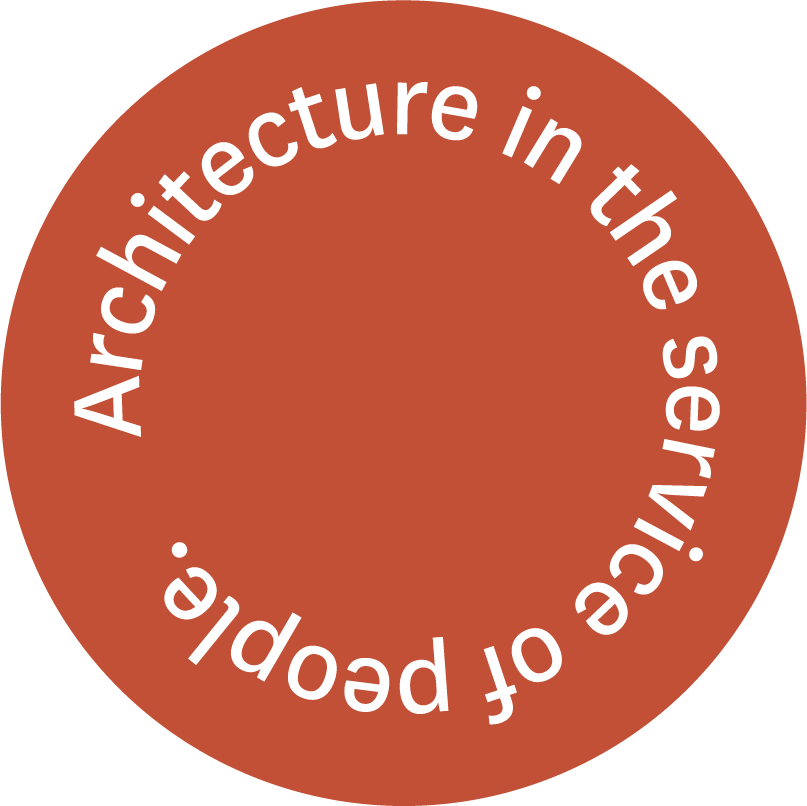What does it take to provide culturally responsive homes for seniors as the housing crisis deepens?
Vulnerable groups, such as low-income families, retirees, elderly citizens, and people with special needs, are struggling to find housing that not only meets their physical needs but also reflects their cultural backgrounds.
For seniors, in particular, the challenge is twofold: finding a safe, affordable place to live, and securing a community where they feel a sense of belonging. This is especially true for those in migrant communities, where there are opportunities for cultural continuity and ageing in place.
Among these communities, is the vibrant, multicultural suburb of Cabramatta, located 30km southwest of Sydney’s CBD and known for its Vietnamese presence. Yet, despite its cultural richness, many Vietnamese seniors face the risks that come with escalating housing stress and limited affordable housing options.
Common Equity NSW (CENSW) in partnership with Stanton Dahl Architects, has launched an innovative housing project aimed at not just meeting the housing needs of these seniors, but also providing a supportive, culturally responsive community.

CENSW’s Vision: Co-operative Housing for Vietnamese Seniors
CENSW, in collaboration with the Lac Viet Housing Co-operative and funded by the NSW Department of Communities and Justice, has developed the Lasa Street Co-operative Seniors Housing Project. This initiative seeks to provide affordable, sustainable, and culturally sensitive housing for Vietnamese seniors who are increasingly vulnerable to the housing crisis. Unlike traditional retirement villages or aged-care facilities, this 13-home development offers a co-operative model of living, prioritising community and social engagement alongside individual housing needs.
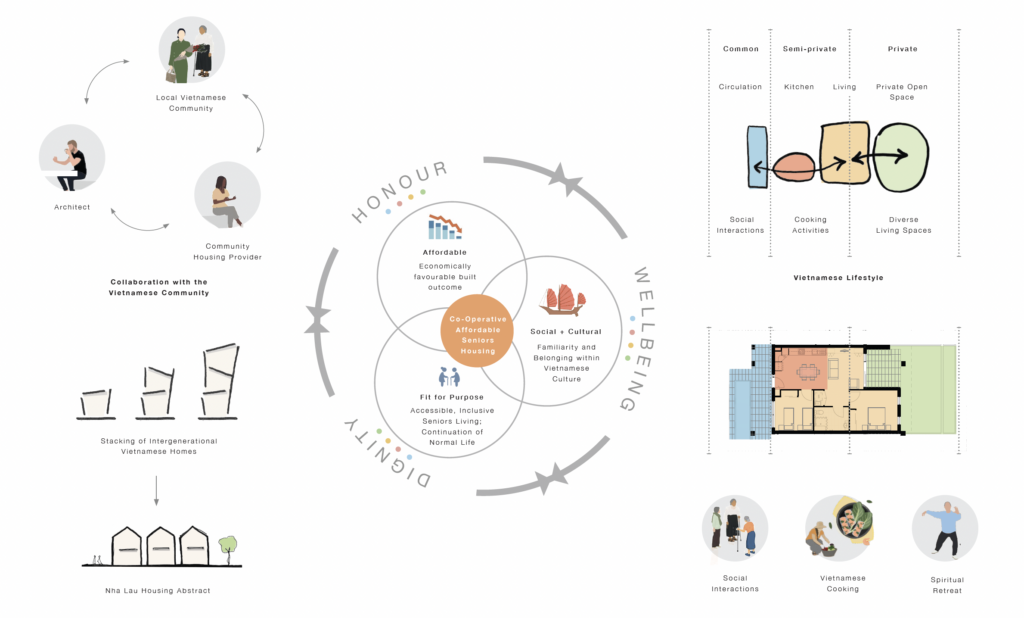
The project, located on a prominent site in Cabramatta, features a mix of housing typologies, including 2-bedroom units, 1-bedroom units, and studio apartments. Completed in February 2024, the development represents a bold step forward in addressing both housing affordability and the social needs of elderly migrants.
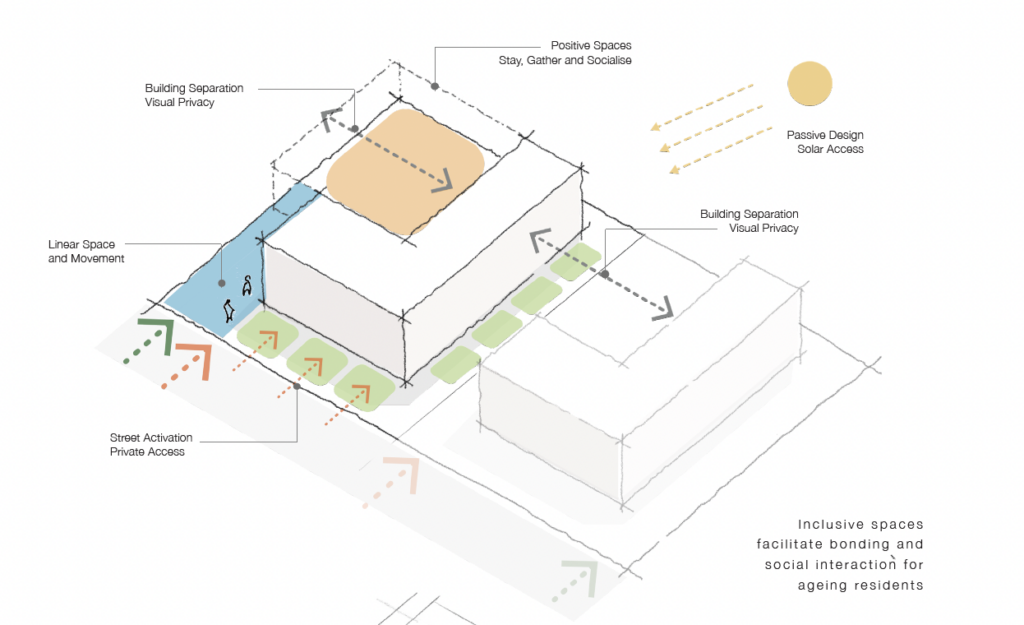
Designing for Cultural Continuity and Community
A key feature of the Lasa Street development is its culturally responsive design, which integrates elements of Vietnamese architecture and community values. Inspired by the ‘Nha Lau’ style (narrow, tall buildings that are a hallmark of Vietnamese residential architecture) the design seeks to reflect both the physical and social needs of its tenants. The choice of design was driven by personal consultations with local Vietnamese seniors, ensuring that their needs and preferences were central to the planning process.
“We wanted to create a space that was more than just a building,” said Ahmed Tarshan, Associate at Stanton Dahl Architects, “It was essential that the design responded to the cultural heritage of the residents, creating an environment where they could not only live but thrive. By providing spaces that are human centric, encourage interaction and foster a sense of belonging and support, ultimately contributing to the residents’ quality of life and the broader social fabric of the community.”
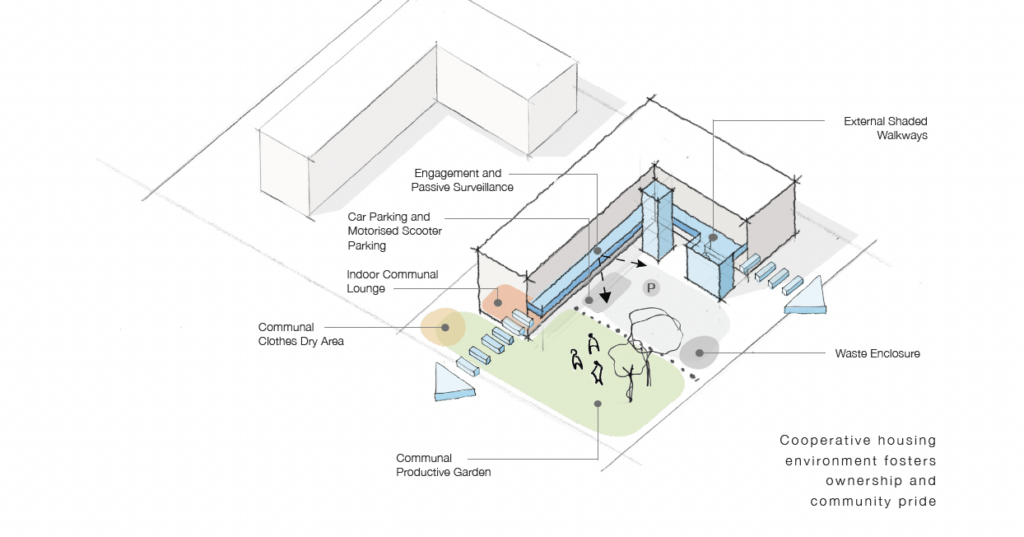
The design also incorporates a variety of communal spaces that promote social interaction and address loneliness, a common issue among elderly populations. These spaces include productive gardens, communal lounges, shared kitchens, and shaded gathering areas. Kitchens are strategically placed near the units’ front doors to encourage casual interaction during cooking activities, fostering stronger connections between neighbors. Circulation spaces, too, are designed with a cultural overlay, contributing to a shared sense of responsibility and community cohesion.
The scheme incorporates architectural design strategies which reference traditional Vietnamese homes. External walkways and shared gardens create spaces for gathering and interaction within the community. These open spaces also allow for a greater connection with nature within a safe environment with shared responsibility.
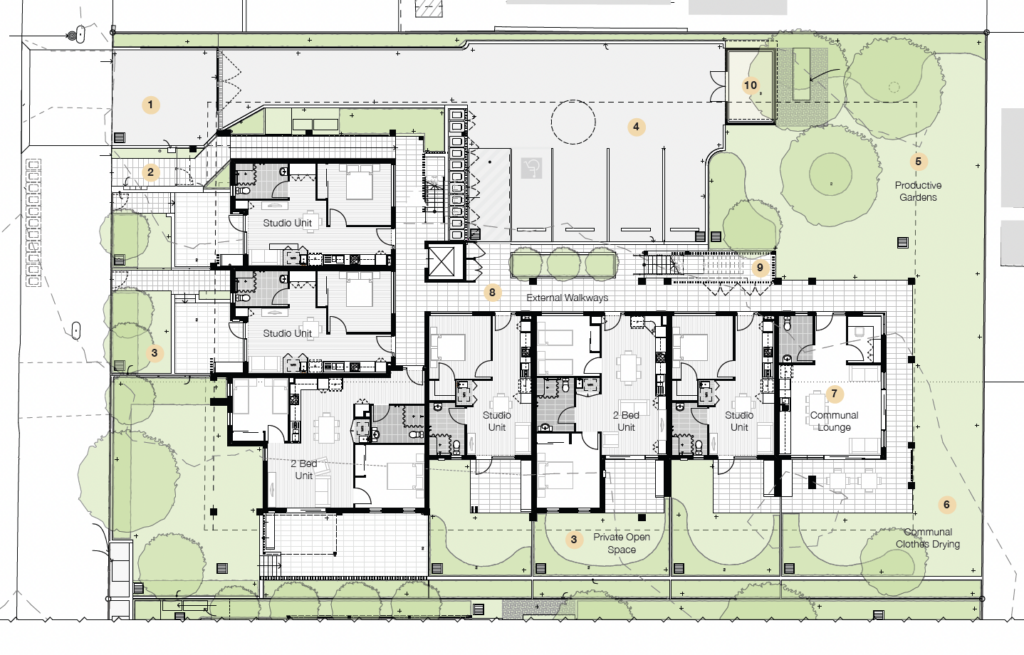
Dignity is fostered through the freedom residents are given to own and personalise their own homes. Pet-friendly, private open spaces offer quiet retreats where residents can relax in their environment. These spaces were also designed for the Vietnamese way of life, integrating spaces for gardening, exercise, and spiritual expression.
These thoughtful design choices not only address the physical needs of the residents but also create a resilient and equitable living environment that celebrates Vietnamese culture.
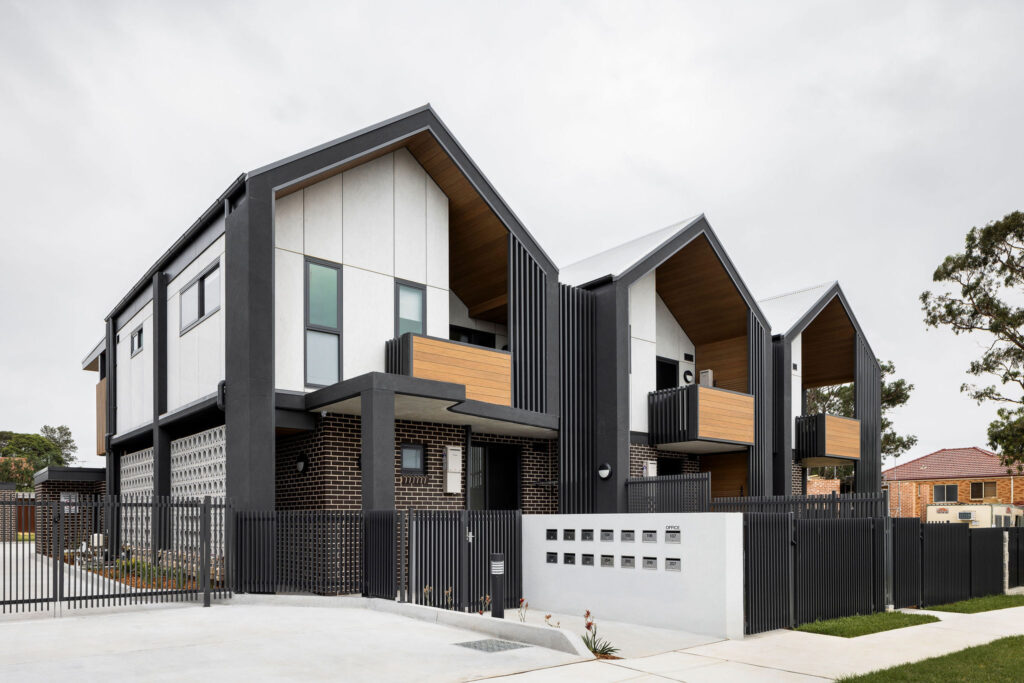
A Co-operative Flagship Initiative
The Lasa Street Co-operative Seniors Housing Project is more than just a housing solution, it is a model for how architecture and community engagement can come together to address the unique needs of culturally vulnerable groups. By blending affordable housing with culturally responsive design, the project serves as a blueprint for future developments that seek to prioritise social inclusivity, cultural sensitivity, and community empowerment.
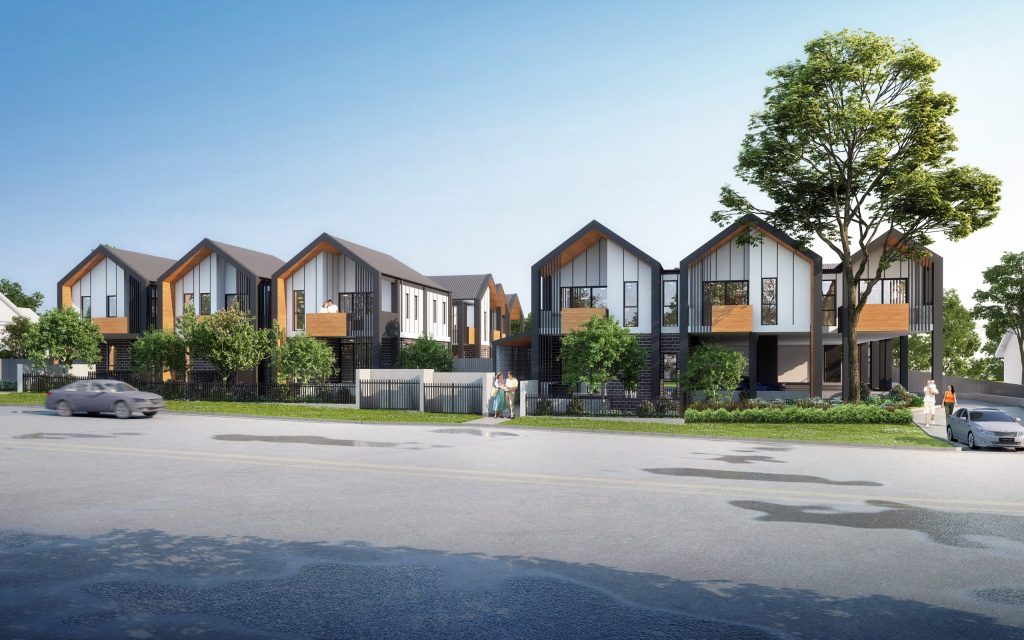
The involvement of the Vietnamese community in every stage of the development, from site selection to final design, was critical to ensuring that the project was not just an architectural success but also a deeply rooted, community-driven initiative. Tri Vo, the Member of Parliament for Cabramatta, emphasised the importance of this collaboration during the opening ceremony on April 18, 2024:
“The Vietnamese community’s input was at every stage, from site selection to final design,” Vo said. “Culturally responsive elements, such as market gardens and communal spaces, are integrated into the design. This Cabramatta project showcases how community integration and thoughtful design can enhance co-operative living.”

By focusing on inclusive design and community engagement, this initiative sets a precedent for future housing projects that aim to empower seniors and create vibrant, culturally rich communities where people of all backgrounds can age with dignity and support.
